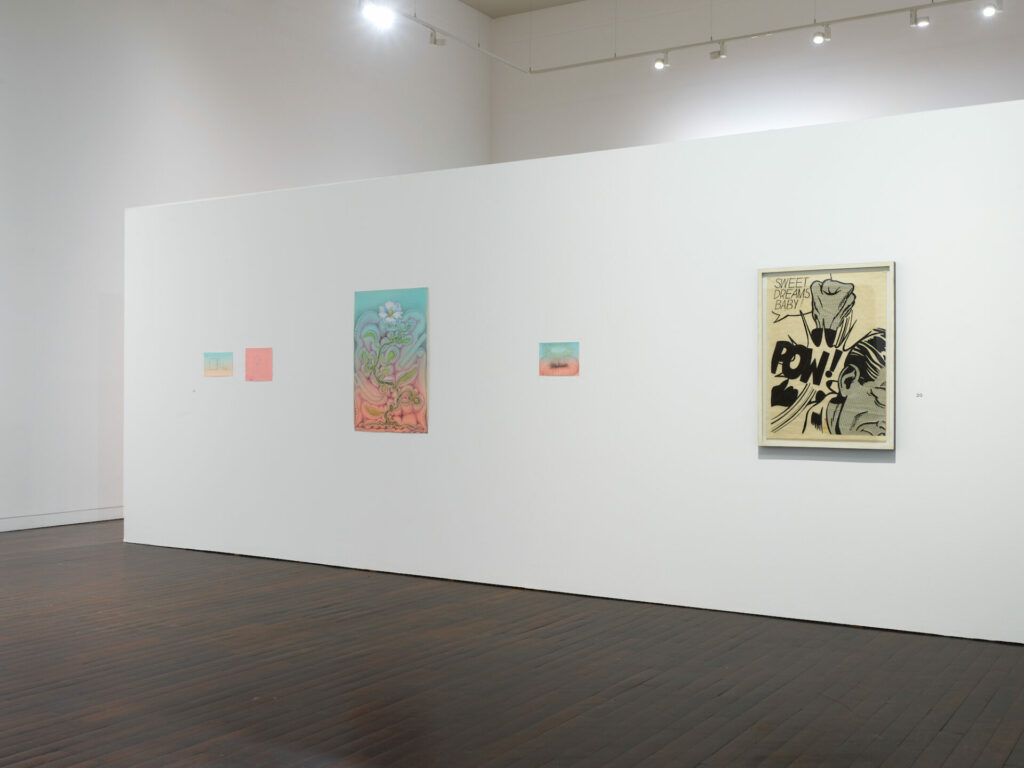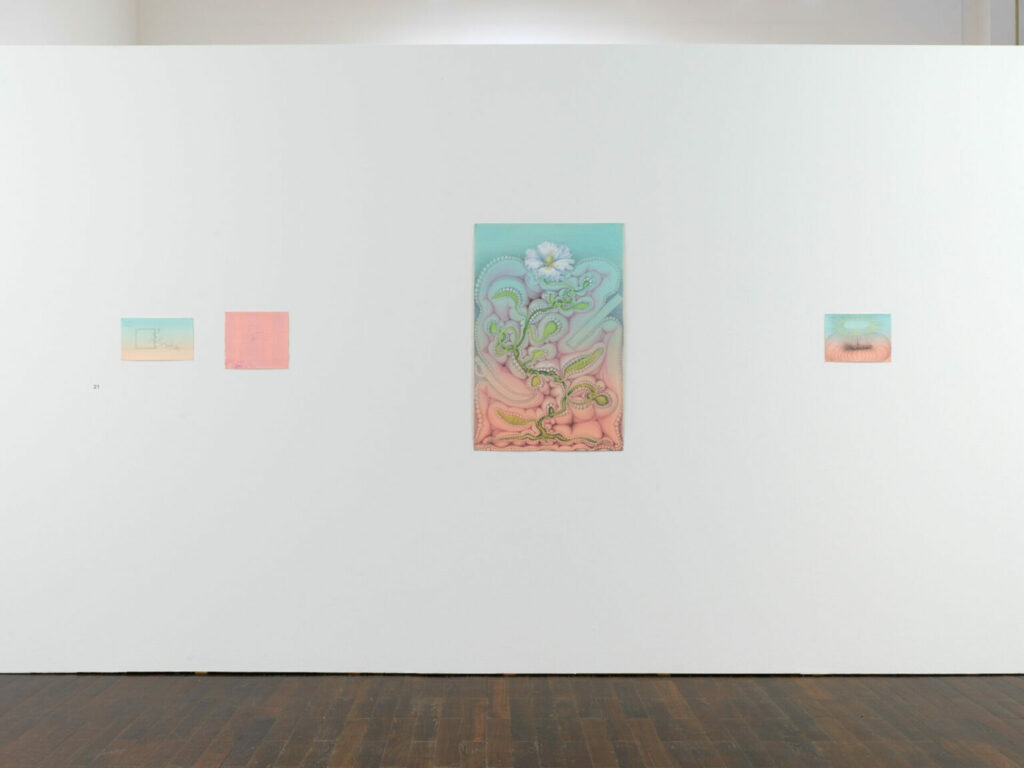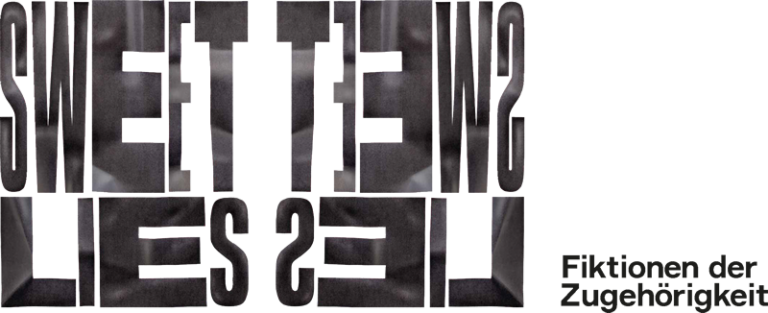Roy Lichtenstein
* 1923 in New York City (NY), USA
† 1997 ibid

“Is he the worst painter in America?” asks the well-known Life magazine in 1964 in an article dealing with Roy Lichtenstein’s works. Today the artist is considered one of the most famous representatives of Pop Art. With his works inspired by comics, he achieved worldwide fame starting in the 1960s. Characteristic are the grid dots, so-called benday dots, which he borrowed from the Black-and-White illustrations in contemporary newspapers, combined them with speech bubbles, and thus lent new expressiveness to the style of the comic. From the same year as the review in Life comes Pow!, which shows an anonymous man who has just been hit in the face with his fist. Pow! can thus be understood – very much in the style of comics – as onomatopoeia. The speech bubble Sweet Dreams, Baby in the upper left corner of the sheet indicates that the man will lose consciousness in the next moment. Is this how Lichtenstein felt when he read the scathing review?
Pow! is one of the artist’s earliest Pop Art prints. It is the model for a print in a graphics portfolio commissioned by the tobacco company Philip Morris as an advertising measure the following year, which is also in the Ludwig Collection. In the work, Lichtenstein reflects on the phenomenon of mass-produced goods, such as newspapers, to which the Benday Dots refer. They found their way into the commercial press for economic reasons, because they saved ink in printing and thus increased profit margins. The detailed view, which looks like a cut-out from a larger original, directs the viewer’s gaze specifically to the image. The extreme close-up emphasizes the drama of what is depicted without context. These alienation effects (benday dots, enlargement of a comic image, black-and-white representation, cropping) integrate themselves into a discourse on the consumption of industrially manufactured products. With his works, Lichtenstein builds a bridge between high culture (artworks) and the trivial (comics) by linking the two. This is intended to create a critical Awareness in the viewer that not only deals with the connection between art and commerce, but also with individual consumer behavior. Thus, this work can also be understood as critical of classicism.
in dialogue with

Kinke Kooi
Hold Me 2 / Instanding / Preventing the Sharp from being sharp / Inclusive, Exclusive, 2015
